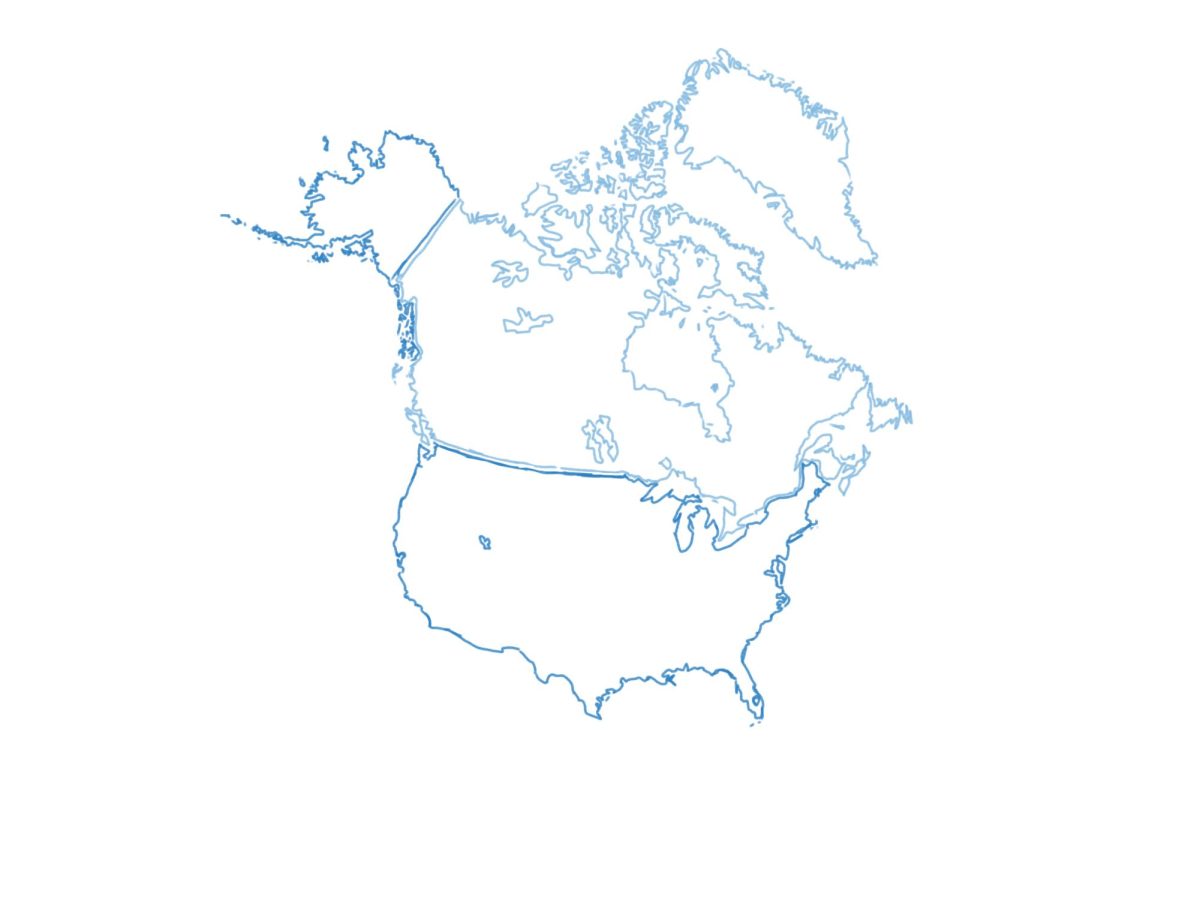Scientists now believe that significant melting in west Antarctica’s future – and, therefore, rising sea levels – may be inevitable.
In late October, a journal called Nature Climate Change published information showing that due to rising ocean temperatures, significant melting may occur in this region even if extensive mitigation efforts are put in place. Scientists came to this conclusion after Antarctic researchers decided to determine how much melting could be prevented by controlling things such as greenhouse gas emissions. After looking over simulations, researchers concluded that climate change may cause the ocean temperature to rise at three times the historical rate regardless of our efforts to slow its effects. This would result in melting in west Antarctica. This region includes the Thwaites glacier – an area of ice around the same size as the state of Florida – which has been experiencing rapid melting for quite some time.
“[Thwaites] is called a grounded line glacier,” said Lily Pettitt, Vice President of the Tualatin High Climate Change Activism Club. “Basically, the glacier starts on the land and it flows out into the sea.”
Pettitt explained to The Wolf that most glaciers along Antarctica are positioned in this way. These glaciers begin on land and have water underneath them. In Thwaites case, extremely fast melting occurs where the glacier meets the sea floor, causing this line to have moved back approximately 9 miles since the late 1990s. This trend exposes a large amount of ice to the warming ocean.
Part of what holds this glacier in place is a large ice shelf that extends over the ocean. Deep cracks in this ice shelf have also been melting at a very quick pace. This is alarming because this crucial stabilizer keeps Thwaites connected to land, preventing a retreat of the glacier.
“[Thwaites] is losing about 50 billion tons more ice a year than it is receiving in snowfall, so we are seeing more leave than we are seeing gained,” Pettitt explained.
Because of Thwaites extreme size, it is responsible for about 4 percent of global sea level rise.
“[Thwaites] is actually bigger than Wales, England and northern Ireland combined,” Pettitt said. “Normally you wouldn’t think that, because it is just a tiny part of Antarctica, but really we have to remember that this event that is happening is a big deal. It is not just a little melting in a remote place that we can’t go to.”
If Thwaites glacier were to collapse entirely it could lead to a two-foot rise in sea level.
“[Thwaits] melting would be the equivalent of 20 million Olympic swimming pools being released into the ocean,” Pettitt explained.
In fact, the amount of ice shedded from Thwaites and its nearby glaciers has doubled over the past 30 years. Thwaites also holds back a massive amount of ice in west Antarctica. This means that if Thwaites collapses, sea levels could rise much more, with some scientists estimating 10 feet. Although it is uncertain when a collapse of Thwaites or the ice shelf that holds it in place will happen, this extreme sea level rise would devastate coastal cities.
“Cities aren’t going to be able to combat what is happening because there are no systems in place. This is new territory for us,” Pettitt said.






